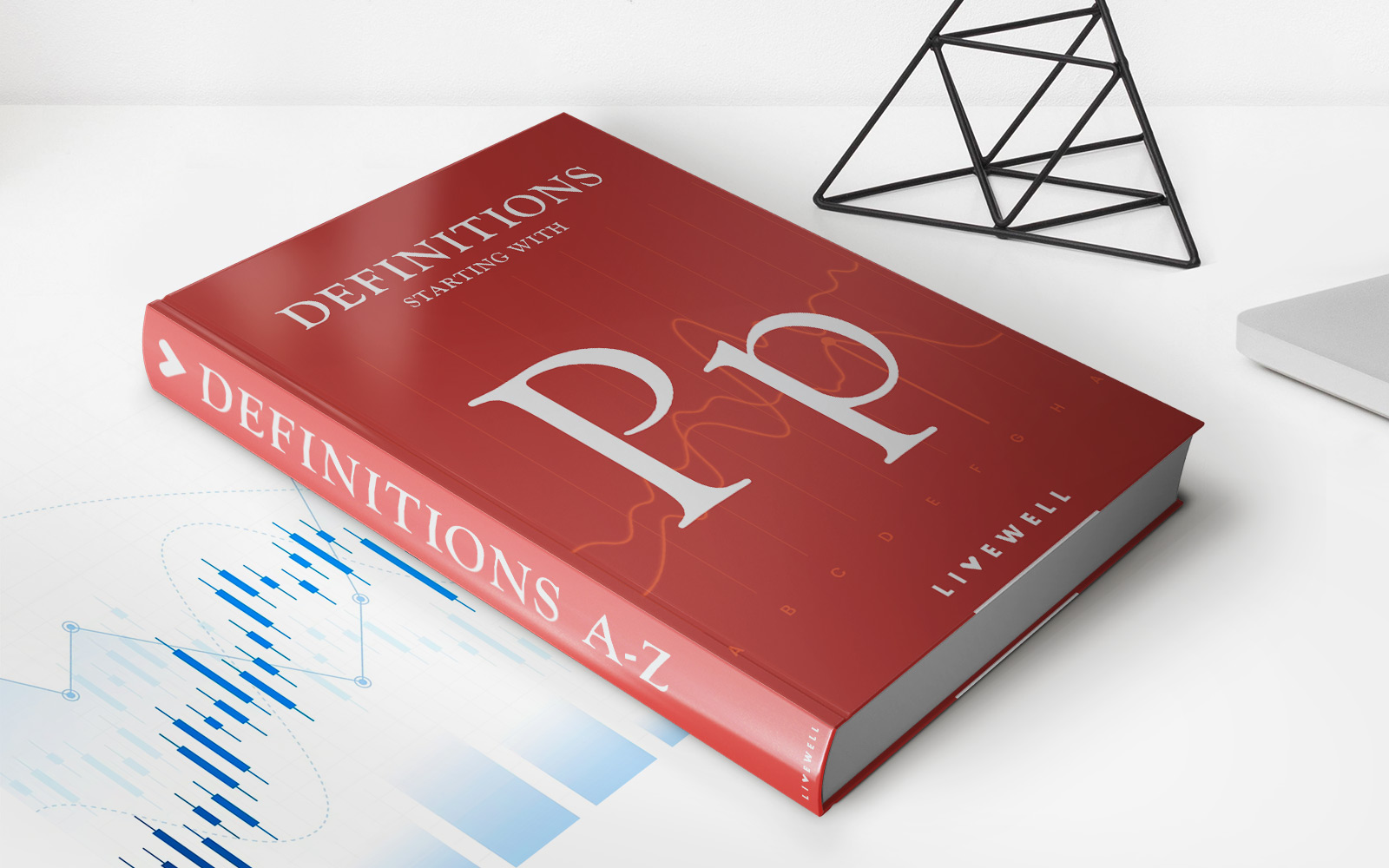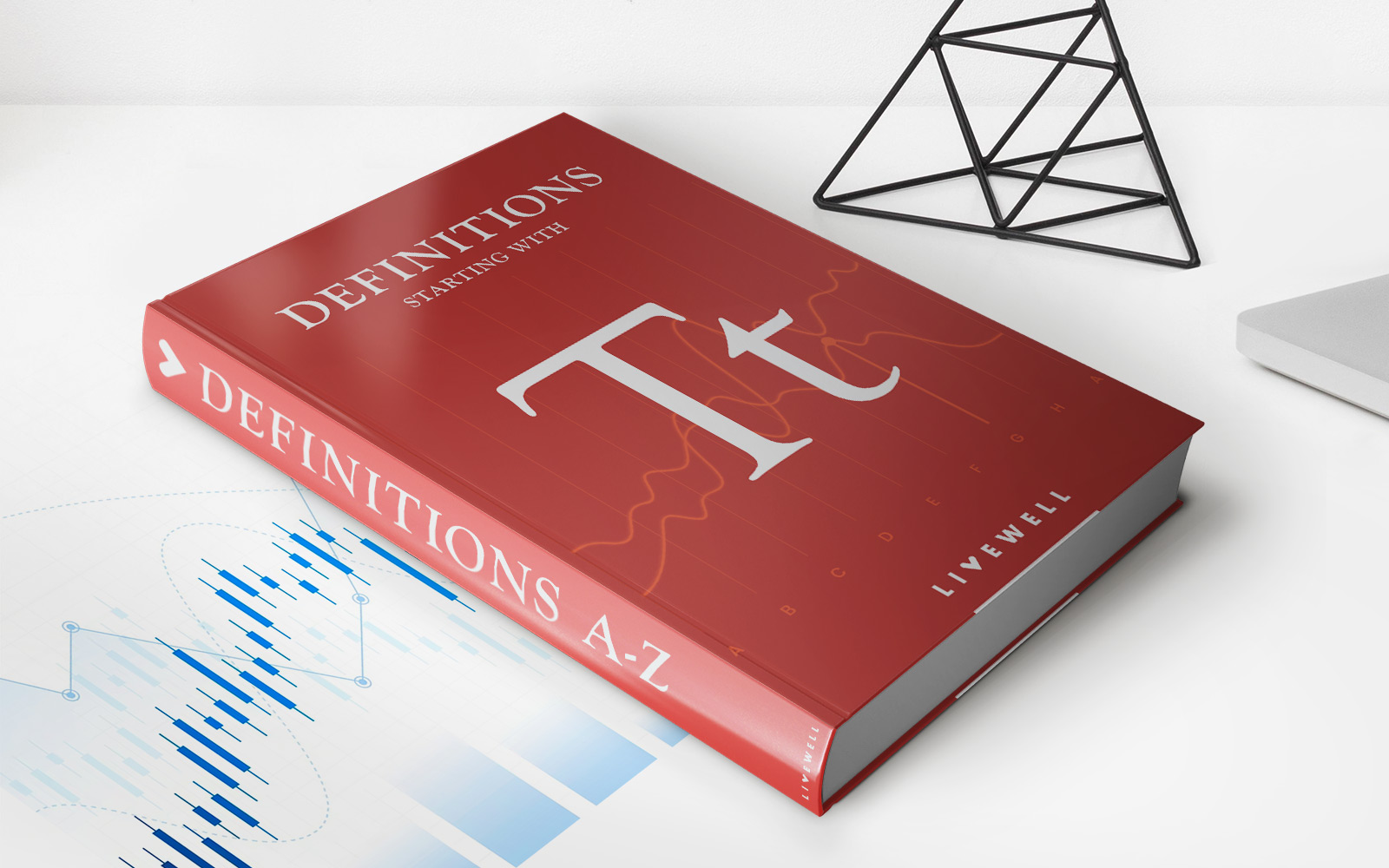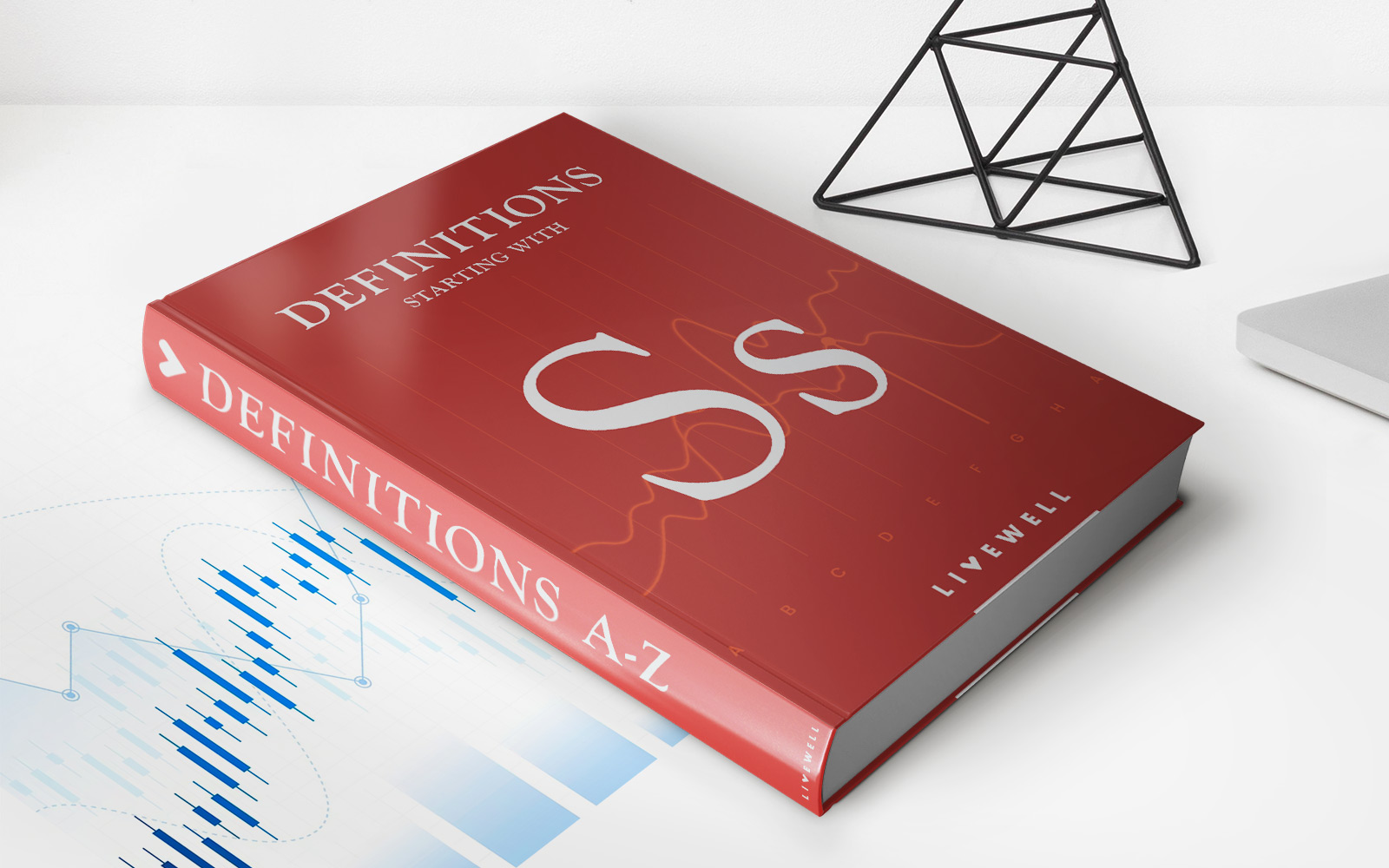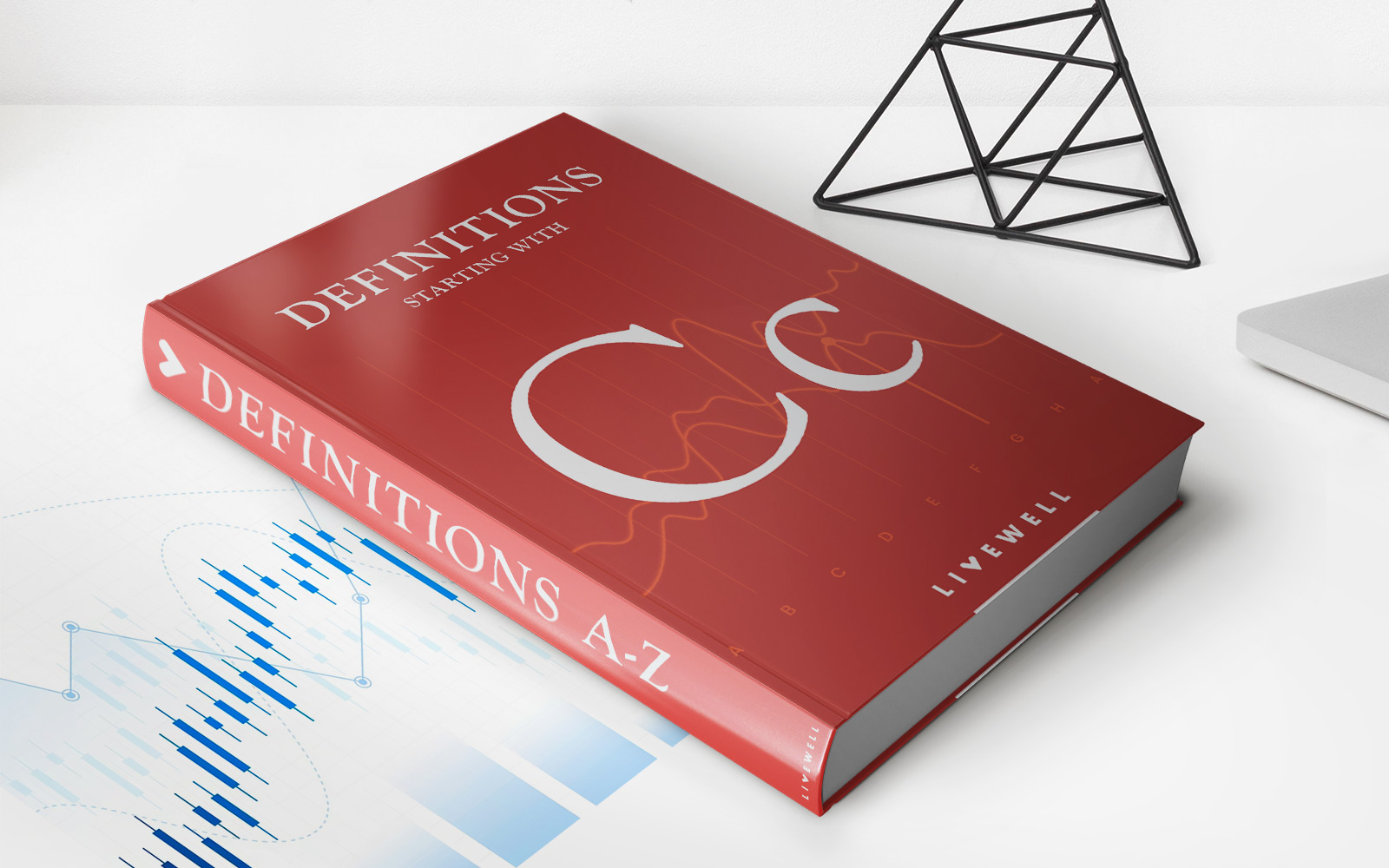Home>Finance>Which Program Provides Financial Protection For Retiring Workers?


Finance
Which Program Provides Financial Protection For Retiring Workers?
Modified: December 30, 2023
Discover the finance program that offers retirees comprehensive financial protection, ensuring a secure and stable future for retiring workers.
(Many of the links in this article redirect to a specific reviewed product. Your purchase of these products through affiliate links helps to generate commission for LiveWell, at no extra cost. Learn more)
Table of Contents
Introduction
As workers approach retirement age, one of the top concerns is financial security. After years of hard work and saving, it’s important to have a reliable source of income during retirement. Fortunately, there are several programs available that provide financial protection for retiring workers. These programs aim to ensure a comfortable and stable financial future after leaving the workforce.
In this article, we will explore some of the key programs that offer financial protection for retiring workers. We will discuss the well-known Social Security system, various pension programs, and popular retirement savings options such as Individual Retirement Accounts (IRAs) and 401(k) plans. Additionally, we will touch upon annuities, which can provide a guaranteed stream of income during retirement.
Understanding how these programs work and how they can benefit retiring workers is crucial for a successful transition into retirement. Let’s dive into the details of each program to gain a better understanding of the financial protection options available.
Social Security
Social Security is the most well-known and widely utilized program that provides financial protection for retiring workers. It is a government-sponsored program designed to provide a basic income for individuals who have reached retirement age. Social Security benefits are funded through payroll taxes paid by workers and their employers during their working years.
Upon reaching eligibility, individuals can begin receiving Social Security retirement benefits. The amount received is based on factors such as the individual’s earnings history and the age at which they choose to start receiving benefits. The Social Security Administration uses a formula to calculate the benefit amount, with higher earners receiving higher benefits.
One of the key benefits of Social Security is its inflation protection feature. The program adjusts benefit payments each year to account for the cost of living. This ensures that retirees’ purchasing power remains relatively stable over time.
It’s important to note that while Social Security provides a solid base of income during retirement, it may not be sufficient to cover all living expenses. Therefore, it is advisable to supplement Social Security benefits with other retirement savings options.
Furthermore, it’s essential to plan for the future and make informed decisions regarding the optimal claiming strategy for Social Security benefits. Consultation with a financial advisor can help individuals navigate the complexities of Social Security and maximize their benefits.
Pension Programs
Pension programs, also known as defined benefit plans, are retirement plans offered by employers to provide financial protection for their employees after they retire. These programs are designed to provide a steady income stream during retirement, based on factors such as salary, years of service, and a predetermined formula.
Unlike Social Security, which is funded through payroll taxes, pension programs are funded by the employer. Employers contribute to a pension fund on behalf of their employees, and the fund is invested to generate returns over time. The accumulated funds are used to pay out retiree benefits.
One of the advantages of pension programs is that they offer a guaranteed income for life. Retirees receive a predetermined amount each month, providing a sense of stability and financial security. However, it’s important to note that not all employers offer pension programs, and they are becoming less common in today’s workforce.
For those fortunate enough to have access to a pension program, it’s crucial to understand the eligibility requirements and how the benefit amount is determined. Some programs require a minimum number of years of service before an employee becomes eligible for a pension, while others calculate the benefit based on a percentage of the employee’s final salary or average salary over their working years.
Additionally, some pension programs offer options for beneficiaries to continue receiving a portion of the pension benefits after the retiree passes away. This can provide a valuable income source for surviving spouses or dependents.
It’s essential for workers to take advantage of any pension program offered by their employer and to carefully review the terms and conditions. Understanding the benefit calculations, vesting periods, and any other requirements will help individuals make informed decisions and ensure they receive the maximum benefit from their pension program.
Individual Retirement Accounts (IRAs)
An Individual Retirement Account (IRA) is a popular retirement savings option that provides individuals with a way to save for retirement on their own, outside of an employer-sponsored plan. IRAs offer a range of investment options and provide tax advantages to incentivize retirement savings.
There are two main types of IRAs: Traditional IRAs and Roth IRAs. Both types offer tax benefits, but they differ in terms of when taxes are paid.
Traditional IRAs allow individuals to contribute pre-tax income, meaning that contributions are tax-deductible in the year they are made. However, withdrawals during retirement are subject to income tax. This allows individuals to potentially lower their tax liability during their working years and take advantage of tax-deferred growth.
Roth IRAs, on the other hand, are funded with after-tax contributions. While contributions are not tax-deductible, qualified withdrawals during retirement are tax-free. This means that individuals can enjoy tax-free growth on their investments and withdraw money without incurring additional tax liability, as long as they meet certain conditions.
Both Traditional and Roth IRAs have contribution limits set by the IRS each year. Additionally, there are income limitations for individuals who want to contribute to a Roth IRA. It’s important to consult with a financial advisor to determine eligibility and understand the best strategy for maximizing IRA contributions.
IRAs offer flexibility in terms of investment options. Individuals can choose from a wide range of investment vehicles such as stocks, bonds, mutual funds, and even real estate in some cases. This allows for diversification and tailored investment strategies based on one’s risk tolerance and financial goals.
Furthermore, IRAs provide individuals with control over their retirement savings. They are not tied to any specific employer, which means that individuals can continue contributing to an IRA even when changing jobs or starting their own business.
IRA accounts are a valuable tool for retirement savings, providing individuals with the opportunity to take proactive steps towards securing their financial future.
401(k) Plans
A 401(k) plan is a retirement savings account offered by many employers as part of their benefits package. This type of plan allows employees to contribute a portion of their salary to a tax-advantaged investment account, helping them save for retirement.
One of the key advantages of a 401(k) plan is that contributions are made with pre-tax income, which means that individuals can lower their taxable income for the year. This allows for potential tax savings and the opportunity for contributions to grow tax-deferred until withdrawal during retirement.
Most 401(k) plans offer a variety of investment options, typically including stocks, bonds, mutual funds, and target-date funds. Employees can select their preferred investment allocation based on their risk tolerance and financial goals.
One of the attractive features of 401(k) plans is the employer match. Many employers choose to match a portion of their employees’ contributions, which effectively boosts their overall retirement savings. This employer match is essentially free money and is one of the most valuable benefits of participating in a 401(k) plan.
Another advantage of 401(k) plans is that they have higher contribution limits compared to IRAs. The IRS sets the annual contribution limits for 401(k) plans, allowing individuals to save a substantial amount towards their retirement goals.
However, it’s important to note that there are limitations and regulations associated with 401(k) plans. Funds contributed to a 401(k) account typically cannot be withdrawn penalty-free until the individual reaches age 59 ½, except in certain circumstances such as hardship withdrawals or qualified loans.
Additionally, it’s vital for employees to consider their investment choices and regularly review their 401(k) accounts. Rebalancing the portfolio and adjusting the investment strategy as needed can help optimize returns and mitigate risk.
Participating in a 401(k) plan is an excellent way for employees to take control of their retirement savings and benefit from potential tax advantages and employer matches. It’s crucial for individuals to educate themselves on their plan’s features, contribution limits, and investment options to make the most informed decisions for their financial future.
Annuities
Annuities are financial products that can provide individuals with a guaranteed stream of income during retirement. They are typically offered by insurance companies and serve as a valuable tool for retirement planning.
There are different types of annuities available, including immediate annuities and deferred annuities.
Immediate annuities are purchased with a lump sum payment and immediately begin paying out regular income to the annuitant. This income can be structured as a fixed amount or as variable payments based on investment performance.
Deferred annuities, on the other hand, allow individuals to accumulate funds over time before converting them into a stream of income during retirement. These annuities provide individuals with the opportunity to grow their investment and potentially benefit from tax advantages until the annuitization phase begins.
One of the primary advantages of annuities is that they provide a predictable and reliable income source. Retirees can rest assured knowing that they will receive a specified amount each month, helping to cover living expenses and maintain a certain standard of living.
Additionally, annuities provide a level of protection against market volatility. With a fixed annuity, the income is guaranteed, regardless of economic conditions. With variable annuities, the income amount can fluctuate based on investment performance, but certain annuities offer minimum income guarantees to provide added peace of mind.
While annuities offer stability and guaranteed income, they also come with some considerations. It’s important to carefully review the terms and conditions of an annuity, as they can vary depending on the insurance company and specific product.
Factors such as fees, surrender charges, and withdrawal restrictions should be thoroughly understood before committing to an annuity. Consulting with a financial advisor can help individuals navigate the complexities and find the annuity that best aligns with their retirement needs and goals.
Overall, annuities can play an important role in retirement planning by providing a steady income stream to supplement other retirement savings options. They offer the peace of mind that comes with guaranteed income, allowing retirees to enjoy their golden years with financial security.
Conclusion
Preparing for retirement and ensuring financial protection during this phase of life is of utmost importance. Fortunately, there are several programs and options available to help retirees achieve this goal.
We’ve explored some of the key programs that provide financial protection for retiring workers. Social Security offers a base income for individuals reaching retirement age, while pension programs, where available, provide guaranteed income based on years of service and salary. Individual Retirement Accounts (IRAs) and 401(k) plans allow individuals to save and invest for retirement on their own terms, with the added benefits of tax advantages and employer matches. Annuities offer a reliable income stream throughout retirement, providing stability and protection against market volatility.
While each of these programs and options has its own features and considerations, they all work together to create a comprehensive and well-rounded approach to retirement planning. It is essential for individuals to evaluate their unique financial situation, consult with professionals if necessary, and make informed decisions regarding the programs and options that best suit their needs.
By taking advantage of these programs and options, retiring workers can enhance their financial security and enjoy a comfortable retirement. It’s never too early to start planning and saving for retirement, and the earlier individuals begin, the more time they have to build a solid foundation for a financially stable future.
Remember, the key to a successful retirement is a combination of careful planning, utilizing the programs available, and making informed decisions. With a well-thought-out retirement strategy in place, individuals can look forward to a fulfilling and worry-free retirement journey.














